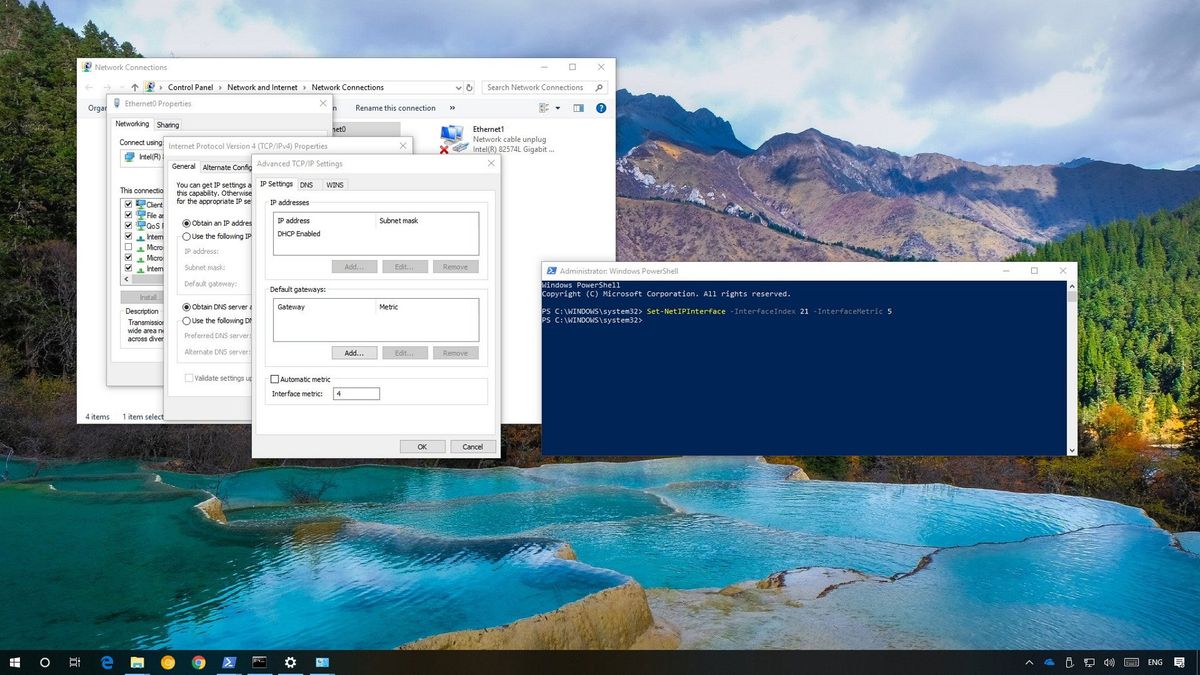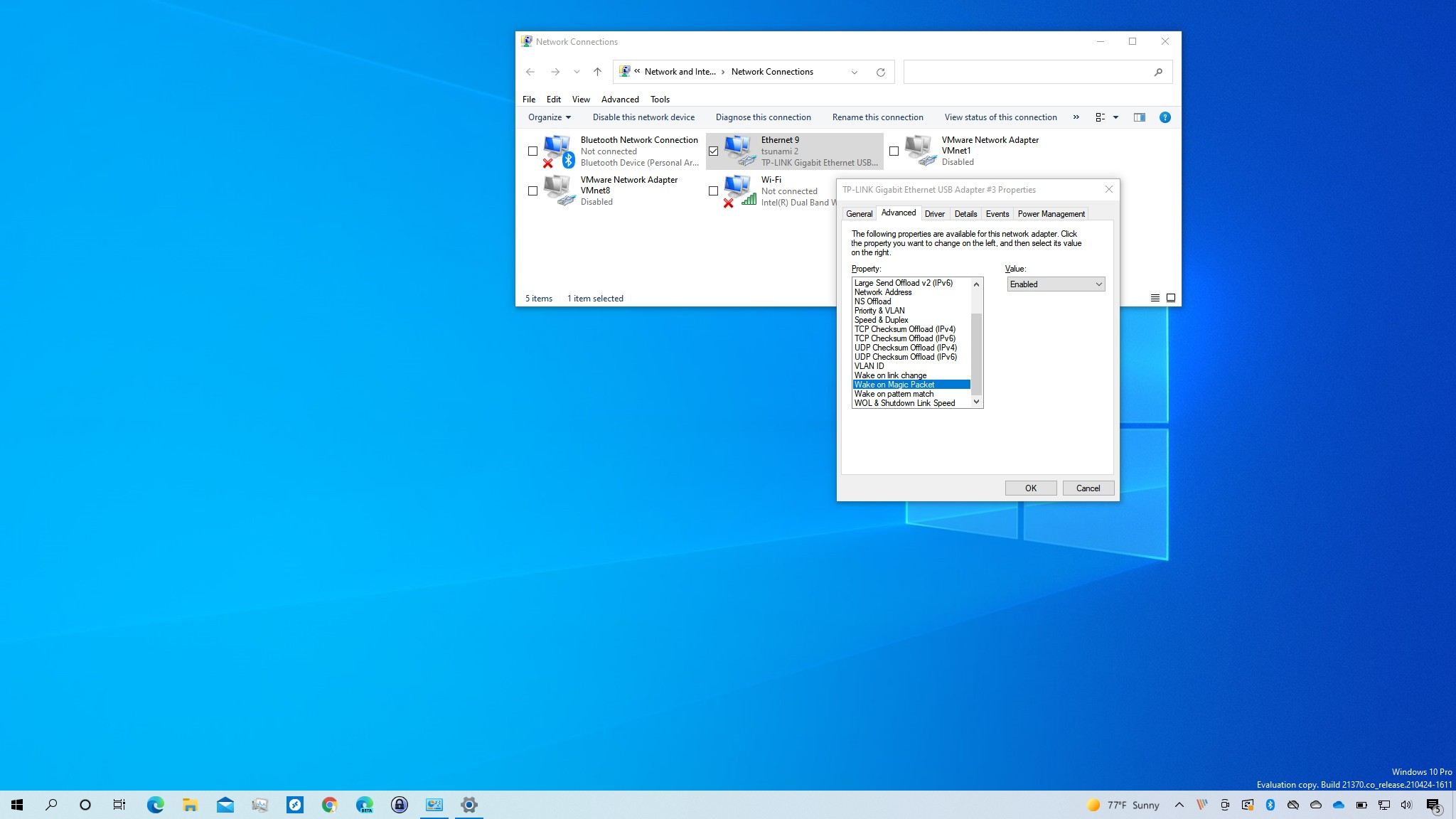I have a SuperMicro SC846 using a Mellanox Connectx-3 10GbE card for it's LAN/WAN connection. I decided I wanted to use WOL magic packets, but it appears the card doesn't support it. I saw a couple of post somewhere that said some of the OEM cards don't have that feature.
The motherboard has an on-board Intel 1GbE port that I keep disabled. It obviously support sWOL and I'd like to be able to use it in conjunction with my 10GbE card.
What is the best way to set up it up where the Intel ethernet doesn't interfere with the Mellanox card and only use it for WOL? Is it as simple as giving it a static IP, then maybe a 0.0.0.0 DNS, Gateway or something of that nature? I want to avoid causing any issues with the server where it may drop connections because it's trying to use one card vs the other.
This is for WFH and not mission critical, but something more a nice to have. Figured I'd ask to see if anyone has a quick answer. Thank you!!
The motherboard has an on-board Intel 1GbE port that I keep disabled. It obviously support sWOL and I'd like to be able to use it in conjunction with my 10GbE card.
What is the best way to set up it up where the Intel ethernet doesn't interfere with the Mellanox card and only use it for WOL? Is it as simple as giving it a static IP, then maybe a 0.0.0.0 DNS, Gateway or something of that nature? I want to avoid causing any issues with the server where it may drop connections because it's trying to use one card vs the other.
This is for WFH and not mission critical, but something more a nice to have. Figured I'd ask to see if anyone has a quick answer. Thank you!!






